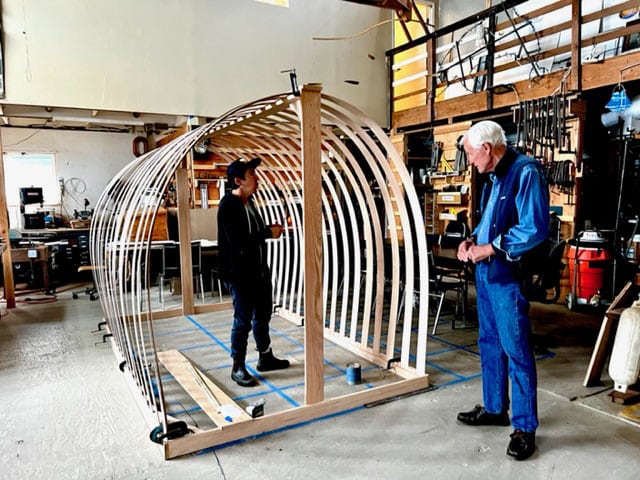 A floating sukkah, made of wood, resembles the upside-down hull of a ship. Photo courtesy of Rabbi Sydney Mintz
A floating sukkah, made of wood, resembles the upside-down hull of a ship. Photo courtesy of Rabbi Sydney Mintz
What do you get when a progressive rabbi, a veteran boat builder and a documentary filmmaker collaborate on a public art project in celebration of Sukkot?
A sukkah designed like the upside-down hull of a ship – duh!

13th Tribe, a creative and inclusive Jewish group based in San Francisco, has built a “floating sukkah” – which, from Oct. 12-14, will be located on a 133-foot brigantine in the San Francisco Bay.
While Sukkot, the eight-day harvest festival beginning five days after Yom Kippur, has long challenged the architecturally inclined to develop innovative sukkahs in accordance with the rules governing construction of the temporary huts, never has anyone put a sukkah on the water, Rabbi Sydney Mintz, founder of 13th Tribe, told the Journal.
“I think it’s going to be an awesome way of celebrating the festival,” Mintz said in a phone interview. “More and more, people are looking for things rooted in tradition but that also feel new, and for us it’s a great way to focus on the environment and specifically the Bay because of our water issues.”
Mintz worked with her wife, filmmaker Ellen Spiro, as well as Alan Olsen, an octogenarian ship builder who designed the Matthew Turner, a tall, traditional sailing vessel with the salty look of a pirate ship, on the sukkah.
The floating sukkah will be placed on the Turner, and when the ship, starting off in Sausalito, sails around the Bay, the sukkah will be forklifted onto a floating dock, which will be towed by the ship.
Funds raised by the coming events are benefiting the 13th Tribe – which Mintz launched during the pandemic to create collaborative Jewish projects and programs that inspire and expand Jewish life and spirit. The gatherings are also supporting Call of the Sea, a Bay Area organization providing equitable access to on-the-water science-based educational programs for children.
Olsen – who also has experience designing sacred Buddhist spaces — founded the maritime education group in 1985.
“He is a visionary who said kids who don’t have the privilege of being sailors (because sailing, in many ways, is an old white guy sport), should have the opportunity to go sailing,” Mintz said.
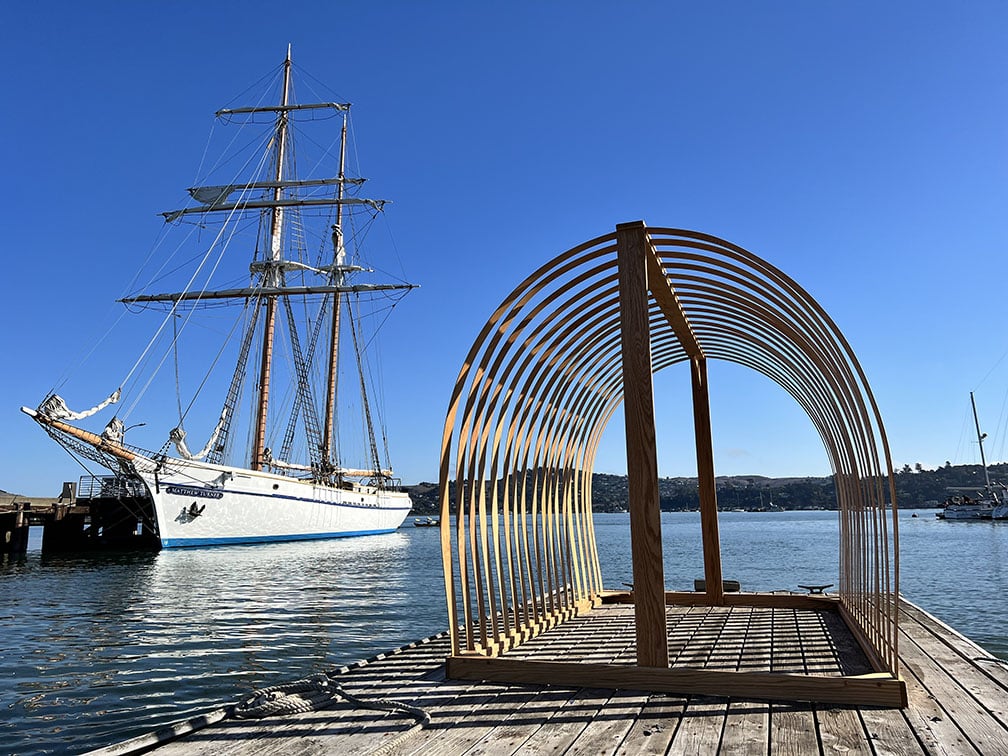
The floating sukkah, made of wood, has 18 ribs, symbolizing chai or l’chaim. But more than an aesthetic reimagining of what a sukkah can look like, the floating sukkah is also a starting point for people to learn about the obscure connections between Sukkot and the water, said Mintz, who is also senior associate rabbi at Congregation Emanu-El, a historic Reform congregation in San Francisco.
Sukkot is mostly known as a pilgrimage celebration that took place in the desert of the ancient Near East, but the Talmud speaks about ceremonies, held by Jews of antiquity during the Jerusalem Temple era, that were ecstatic, joyous rituals involving water libations, music, and acrobatic dancing.
The celebration, taking place during the six middle days of the holiday, was known as “Simchat Beit Hashoevah,” or “Celebration of the House of Drawing Water.” “Whoever has not seen the Festival of the Water Libation has never seen true joy,” the Talmud says in tractate Sukkot 51a.
“The middle six days of Sukkot were like the original Burning Man,” Mintz said, referring to the contemporary arts festival in Southern California. “Sukkot used to be like a heavy party festival.”
In a way, Mintz, who grew up on a sailboat – “I’m a big water person” – is hoping the three days of events in the floating sukkah capture some of that elusive energy. Already, people in her community have embraced the idea, evidenced by all three days of events selling out.
“People are super supportive, baking challahs for it, helping with the decorations,” Mintz said. “Everyone is excited about it as kind of a community-building event, too.”
Mintz and her team are calling the three days of programs a pilot project. If successful, the rabbi believes it can be expanded and brought to other Jewish communities on the water, including Los Angeles, Chicago, and Seattle.
“I want people to do this as a way of learning about Sukkot in a way that’s different from before,” she said. “Next year, we can scale the sukkah, because it’s lightweight, and make it a bigger structure.”
“This is great for families, great for kids and great for young adults,” she said. “It’s different and innovative.”









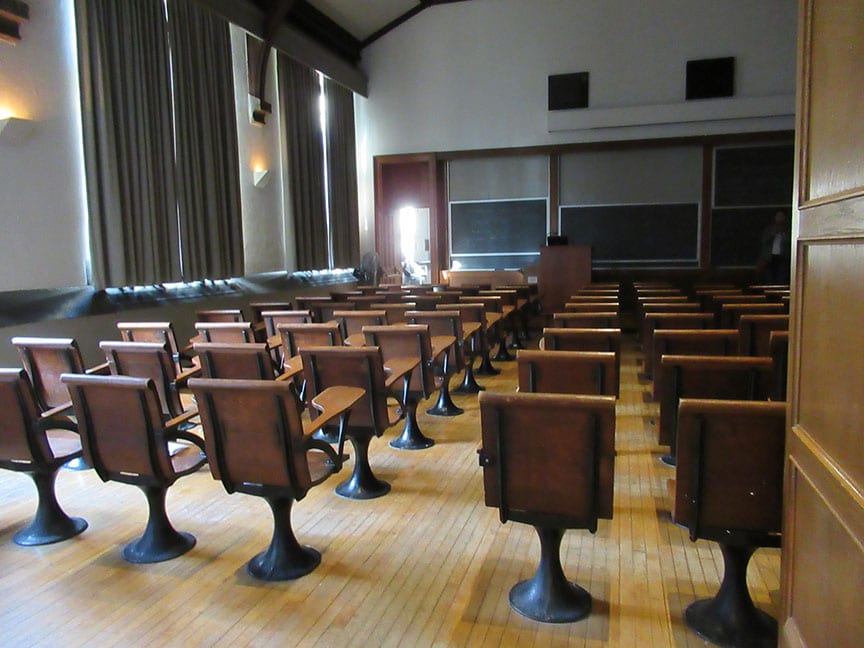

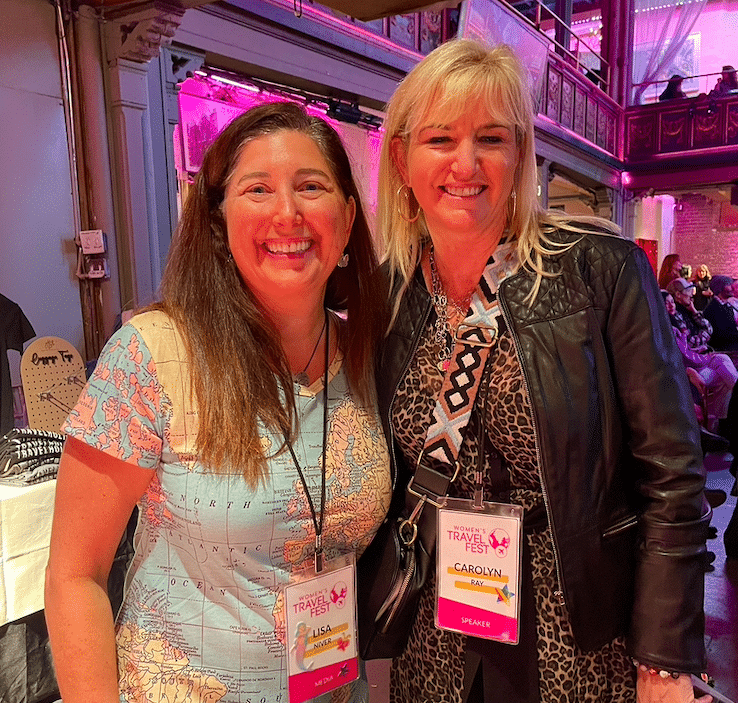




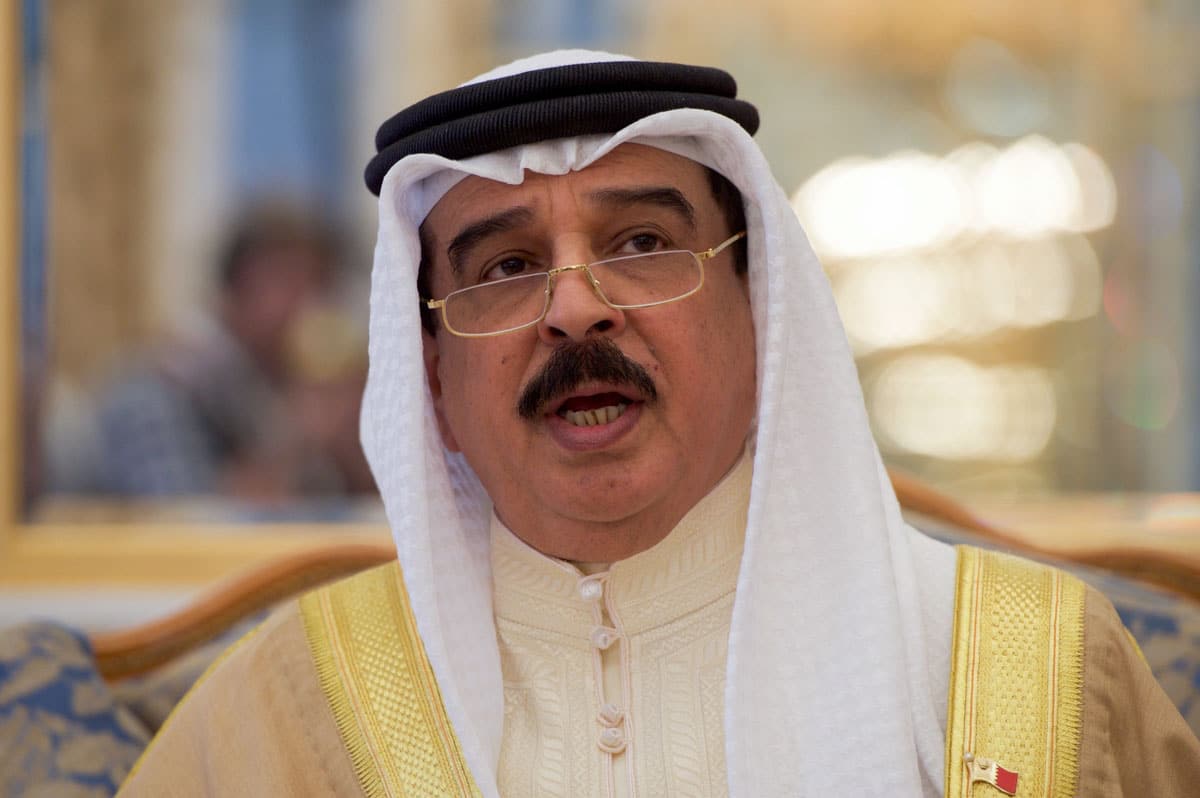




 More news and opinions than at a Shabbat dinner, right in your inbox.
More news and opinions than at a Shabbat dinner, right in your inbox.